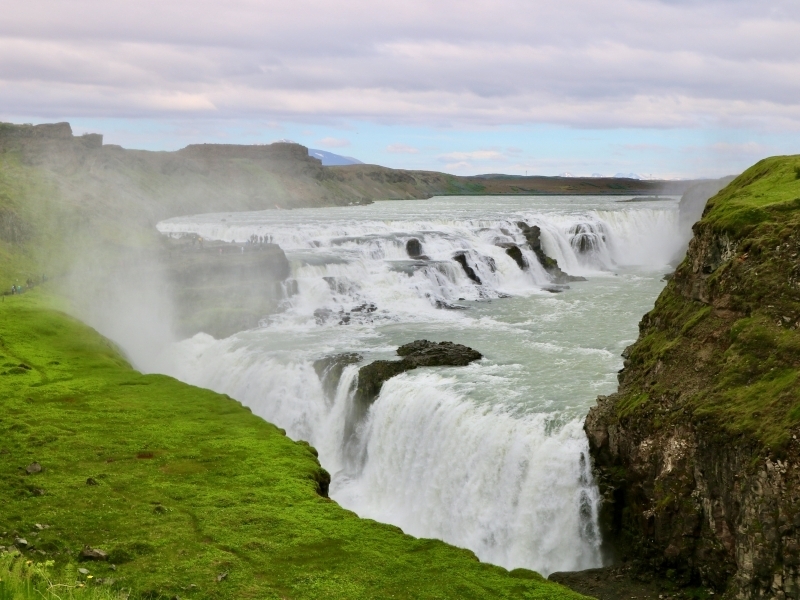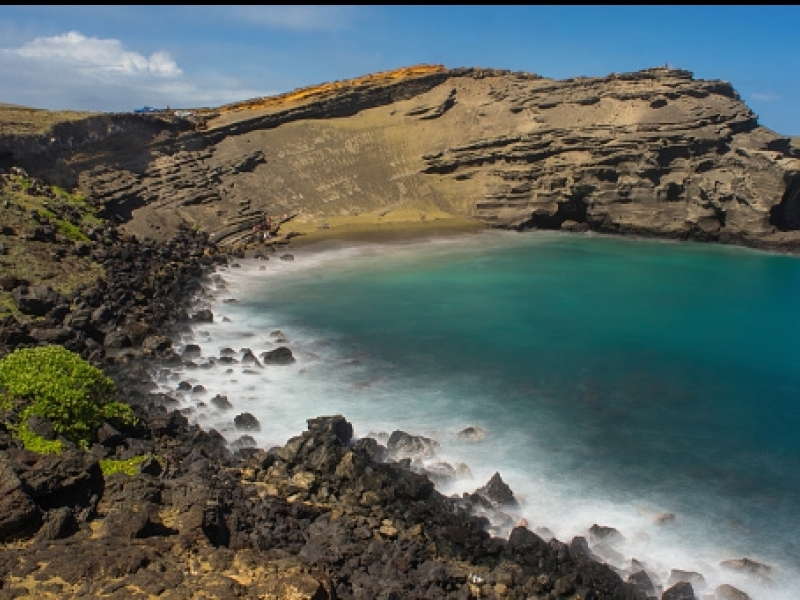News and Testimonials

The 5 rarest and most beautiful beaches in the world that you have to know
Far from the stereotype of the corner with a white ribbon of fine sand that extends along a coast surrounded by palm trees and with a turquoise blue sea, there are some beaches that do not correspond to this idea at all.
Beaches always have a special attraction. No matter where you are, the mind goes into relaxation mode when you think of the sea, the sound of the waves or the incredible expanse of the horizon.
And when it comes to beaches, as in everything that massively attracts human beings, the stereotypes are well defined: the white ribbon of fine sand, the palm trees surrounding the coast, the bright sun and the turquoise blue sea. There are, however, other types of beaches that do not correspond to this idea at all.
1-THE BLACK SAND BEACH OF VIK, IN ICELAND
In 1991, Islands Magazine ranked Iceland's black sand Vik Beach as one of the ten most beautiful non-tropical beaches on Earth. 26 years later, that remains a certainty. The place, beyond its particular color of sand, is imposing and beautiful. Vik is the southernmost village in Iceland and faces the Atlantic Ocean, framed by a long, long beach of volcanic sand. Nearby you can see the thorny rock formations of Reynisdrangar rising out of the sea and converging on the beach in the form of a cliff of basalt columns. Legend has it that the rock formations found here are the remains of two night trolls who were petrified while trying to drag a three-masted ship out of the sea. Dawn caught them and turned them to stone. The geological explanation, however, says that these rock formations were created by lava flows that cooled. They manifested in hexagonal shapes due to the contraction of the lava as its temperature decreased.
2-THE GREEN BEACH OF PAPAKOLEA, IN HAWAII
In the native language, Papakolea means golden plover plains in honor of a bird that spends the winters in these latitudes the extreme south of the island of Hawaii- and migrates during the summer to the coasts of Alaska, since its diet is based on of small insects and crustaceans that are only in that area. Seen from above, the sand appears to be tinted an olive-colored tint, but if you go down to the spot and look closely, you will realize that the space is actually covered in a multitude of green crystals.It is olivine - an abundant mineral in Hawaii that is often found within lava compounds - although tiny pieces of coral and dried lava fragments also appear in this mixture. The reason green crystals prevail is that, being denser than other materials, they are not as prone to being swept away by the shrinking force of waves. This is no coincidence, since this brilliant olivine surface is located at the foot of the Pu'u Mahana volcano, a cinder cone that formed at least 49,000 years ago, although scientists do not rule out that its origin is as remote as 150 millennia.
3-GLASS BEACH, A CRYSTAL BEACH IN CALIFORNIA
For some time, many payas were used as dumps where tons of garbage were dumped. This is precisely what happened in the middle of the 20th century on the coast of Fort Bragg, a city located in Mendocino County, in the US state of California. In 1967, the authorities closed the area and, for many years, carried out programs to correct the damage. Over time, the waves eroded materials such as glass and ceramics, making small pieces of glass blunt.In fact, they turned them into a kind of colored sand that currently still covers the place. Thus, today this place houses a famous glass beach that arouses great curiosity among tourists.
4-HARBOUR ISLAND, THE PINK BEACH OF THE BAHAMAS
Harbor Island is an island in the Bahamas that has a single city: Dunmore Town, whose name comes from a former Governor of the Bahamas who enjoyed his summers in his residence on this island. It was the first capital of the Bahamas and is over 300 years old. Harbor Island is home to a pink beach. why is this? The phenomenon is a consequence of the fact that the white sand grains found along the coast of this island in the Bahamas are mixed in this area with coral particles.
5- SALINAS DE GALERAZAMBA, IN COLOMBIA
Located in the Galerazamba corregimiento, Santa Catalina Bolívar, one hour from Cartagena, the Salinas are a great attraction in the area. The pink color seen in them is due to a natural phenomenon derived from the high concentration of saline in the waters. When the rain falls, the drops of water break the salt granules and create this phenomenon. Likewise, the sea has some halophilic microalgae that produce beta-carotene, creating environments of high salinity and luminosity.
Source: https://www.cronista.com/clase/break/las-5-playas-mas-raras-y-hermosas-del-mundo-que-hay-que-conocer/







